The Process of Translation: A Comprehensive Guide
Translation is a complex and essential practice in our globalized world. It plays a vital role in facilitating communication across different languages, enabling businesses to expand their reach and individuals to connect with people from diverse cultures.
But how exactly does the process of translation work? In this article, we will take you through the key steps involved in professional translation:
1. Understanding the Source Text
The first step in any translation process is to fully comprehend the source text. This involves not only understanding the words and grammar but also grasping the context, tone, and intent. Translators often conduct thorough research on the subject matter to ensure accurate translation.
2. Choosing the Right Translator
Selecting a qualified and experienced translator is crucial for a successful translation project. Professional translators possess linguistic expertise, cultural knowledge, and subject matter understanding that are necessary for delivering high-quality translations. Working with a reputable translation agency can help you find the right translator for your specific needs.
3. Translating the Text
Once the source text is thoroughly understood, the actual translation work begins. Translators translate the text into the target language, paying close attention to linguistic nuances, cultural sensitivities, and industry-specific terms. They strive to produce a translation that maintains the original meaning and style while being readable and natural in the target language.
4. Review and Editing
After the initial translation, a thorough review and editing process take place. Professional translators often collaborate with editors or proofreaders to ensure the accuracy, coherence, and clarity of the translation. They carefully check for any errors, inconsistencies, or omissions that may need further refinement.
5. Quality Assurance
Quality assurance is an essential step in the translation process. Translation agencies often have strict quality control procedures in place to guarantee the highest standards. This may involve additional proofreading, comparing the translation with the source text, or conducting linguistic and functional testing.
6. Formatting and Localization
Depending on the requirements, translators may need to consider formatting and localization aspects. This involves adapting the translation to fit the target audience’s cultural and linguistic preferences, as well as adjusting the layout, units of measurement, currencies, and other elements to ensure a seamless reading experience.
7. Final Review and Delivery
Once the translation is finalized, it undergoes a final review to ensure it meets all the project requirements and client expectations. The translated text is then delivered to the client in the desired format, ready to be used for its intended purpose.
Translation is a complex and multi-faceted process that requires language skills, cultural understanding, and attention to detail. By following these steps and working with professional translators, you can ensure accurate and effective communication across languages.


